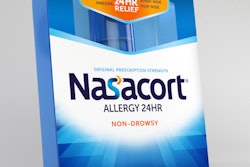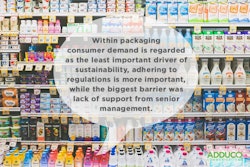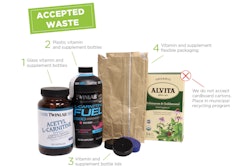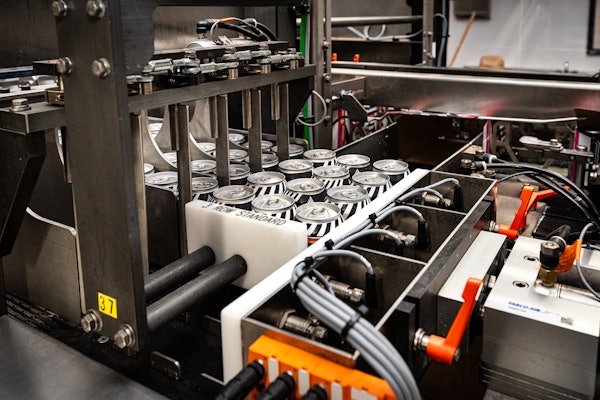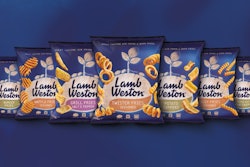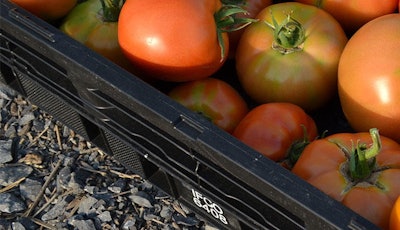
A new study, Carbon Footprint of Food Packaging, comparing the carbon footprints of reusable plastic containers (RPCs) and single-use corrugated boxes, has shown that RPCs emit 60% less CO2 when used for packaging, shipping, and storing fresh produce. Published in February 2018, the study was conducted by Fraunhofer IBP for Stiftung Initiative Mehrweg (SIM), the Foundation for Reusable Systems, in accordance with ISO 14040/44 standards.
The Fraunhofer study evaluated RPC and corrugated-box fresh produce shipments in Germany, Spain, Italy, Netherlands, and France. It showed:
- The use of RPCs resulted in 60% lower greenhouse gas emissions compared to single-use corrugated boxes
- RPCs emitted 15 tons of C02e, while corrugated boxes emitted 37 tons of C02e
- RPCs’ GHG’s advantage over corrugated boxes began with the sixth use of an RPC and grew exponentially with each use thereafter. (Note: RPCs are used up to 120 times during their life span, after which they are recycled. Corrugated boxes are used one time, then sent to landfills or recycled.)



